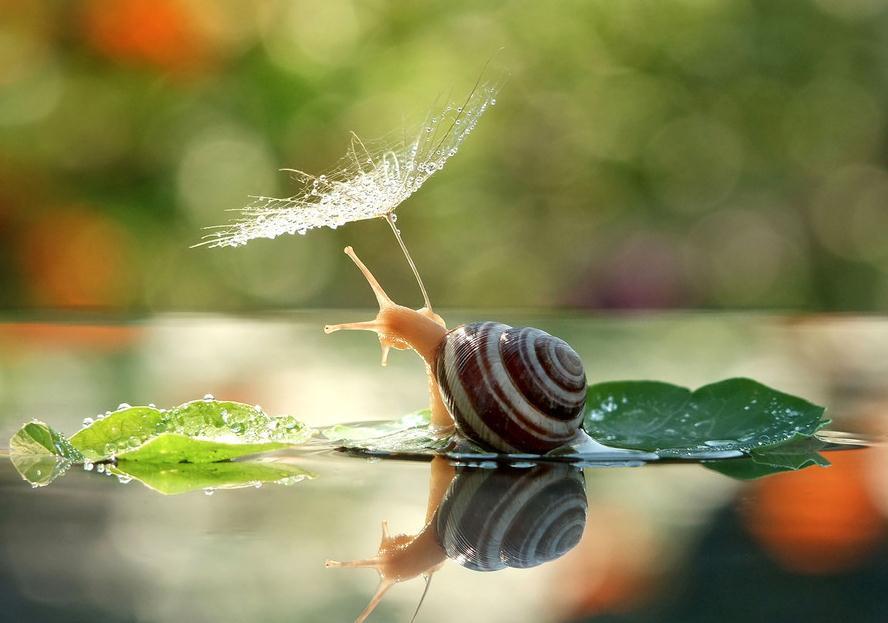Sanskrit for meat. One of the five M’s of the Pancatattva ritual. Meat is related to the tattva Tejas, which is fire. So, the Alchemist or Tantrika consumes red meat, beef, lamb, goat, this type of animal flesh, which contains the fire of the tattva Tejas.
Madya
Madya means “wine” and what we are talking about when we talk about wine in this case is the grape. Grapes and wine are very symbolic in many traditions. Wine is a symbol of the blood of the Christ, a symbol of that fire or that energy we need in order to sustain ourselves. In the terms of Madya, this Sanskrit term, what we are talking about is the vibration of that Solar Light which manifests through the tattva of Vayu, which we know of as Air.
Mah
Mahamanvantara
The prefix Maha is a Sanskrit term that means “great.”
Manvantara comes from two words:
Manu implies “a host of beings,” but we will say “minds” because from manu also we find the word “manas,” which means mind. But we have to understand that this type of mind is not like the mind that we use here in the three dimensional world. Manu is a type of intelligence that we call mind. Remember that in different lectures we call the mind Chitta, Nous, Manas. Manu is precisely a group of minds or beings, a group of entities that enter into activity within the Ray of Okidanokh.
Antara means “within” or “in between.”
So, translating the word “Manvantara,” we will say it is “the Manus, minds, or entities within” the Ray of Creation, within the Ray of Okidanokh. In synthesis, we will say: Manvantara refers to the great manifestation of all of those entities that emerged from the Ain Soph. Usually, manvantara is translated as “Cosmic Day.” Notwithstanding, a Cosmic Day needs an intelligence in order to enter into activity.
